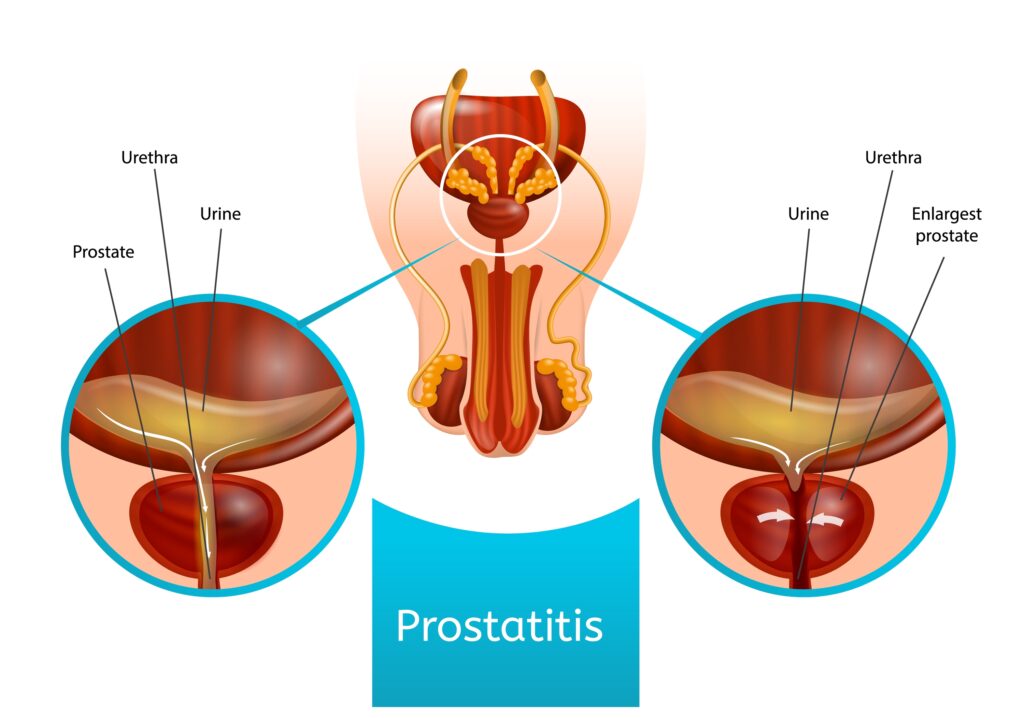Prostatitis – Behavioral Rules

Most chronic prostatitis/chronic painful syndromes of the pelvic floor are accompanied by evacuation irregularities with alterations in stool ejection pressures and with dangerous stagnation of enterobacteria (E.Coli, Klebsielle, Proteus etc.) in the rectal ampulla.
Therefore constipation must absolutely be fought, just as situations of colitis associated with diarrhea must be avoided. In these cases, in addition to taking a diet rich in waste, repeated cycles of taking high-concentration lactic ferments are recommended.
In subjects with hemorrhoids, the exacerbation of this pathology often causes the reappearance of prostatic symptoms, due to a situation of inflammation of the entire small pelvis. In these cases I always recommend prompt treatment of venous inflammation by combining antibiotics and local anti-inflammatories and in the most serious or recurrent cases, surgical remediation of the venous glands (haemorrhoidectomy).
There are some sexual behaviors to avoid, as they can cause a prostatic situation to arise or worsen; among these I remember prolonging intercourse too much or its sudden interruption during ejaculation (coitus interruptus).
Some patients tell me about risky sexual practices. Where you cannot or do not want to use a condom, I always recommend taking 500 mg of a new generation quinolone, at least 1 hour before such practices.
Some sports can induce or exacerbate chronic prostatitis. I am referring above all to cycling, motocross and horse riding. Unfortunately in these cases I have no other advice, in case of illness, other than to stop. Regarding cycling, on the web, there are various sites that sell modified bicycle saddles. One of the best known is http://www.ddtechno.com/frame_ddwings.htm
Some professions such as public transport drivers, commercial travelers and others can favor or worsen prostatitis due to venous stagnation and chronic compression of the perineum on the prostate. Five minutes every 2 hours of vigorous bending on the legs would be enough to re-establish good blood circulation in the area.

